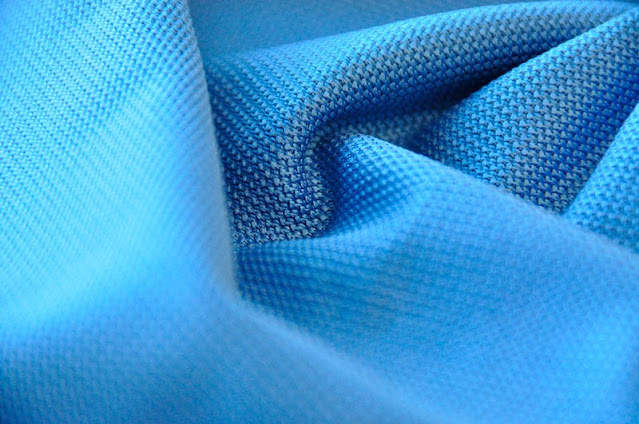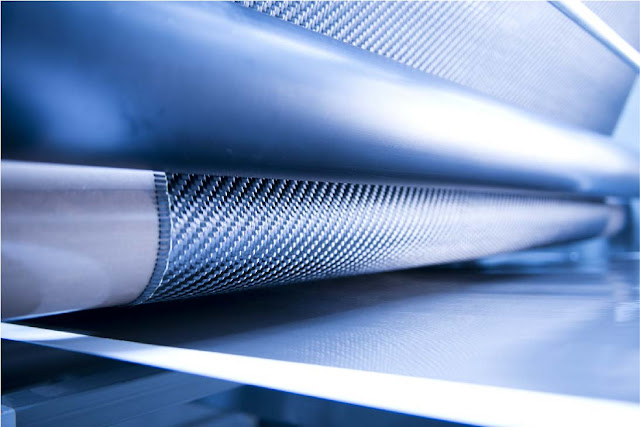Technical Textile: The Marvel Of Innovation And Functionality
 |
| Technical Textile |
Technical Textile, also known as smart textiles or functional textiles, are designed with
specific properties to cater to industrial, commercial, and institutional
requirements. They integrate advanced materials, cutting-edge technology, and
specialized manufacturing processes to provide enhanced performance
characteristics such as strength, durability, fire resistance, and water
repellency. These textiles are widely used in various sectors, including
automotive, aerospace, healthcare, sports, agriculture, and environmental
protection.
The
Global
Technical Textiles Market Is Valued At US$ 203.23
Bn In 2022 In Terms Of Revenue, Exhibiting A CAGR
Of 5.29% During The Forecast Period (2023-2030).
Geotextiles: Geotextiles are engineered textiles used in civil
engineering and construction applications. They provide essential functions
like soil stabilization, erosion control, and drainage systems. Geotextiles
find extensive use in road construction, coastal protection, and landfills,
among others.
Medical Textiles: The healthcare industry relies heavily on medical
textiles, which include surgical gowns, wound dressings, and implantable
fabrics. Technical Textile are designed with antimicrobial properties, breathability, and
biocompatibility to ensure patient comfort and safety.
Protective Textiles: Fire-resistant clothing, bulletproof vests, and
industrial safety gear fall under the category of protective textiles. They
offer utmost protection to individuals working in hazardous environments,
ensuring their safety and well-being.
Agrotextiles: Agrotextiles are used in agriculture to protect crops from
pests, adverse weather conditions, and UV radiation. They also aid in enhancing
crop yields by creating favorable microclimates. Automotive Textiles: Technical Textile are widely employed
in the automotive industry, providing interior fabrics, airbags, and filtration
systems. They contribute to improved comfort, safety, and fuel efficiency.
Sports Textiles: From moisture-wicking sportswear to high-performance swimwear,
technical textiles play a crucial role in sports apparel, aiding athletes in
achieving peak performance.
Creating Technical Textile involves
intricate manufacturing processes that impart them with their unique
properties. Some common techniques include: Nanotechnology: Nanofibers and
nanoparticles are integrated into textiles to enhance their functionality. This
process grants textiles characteristics such as water repellency, UV
protection, and self-cleaning capabilities.
Coating and Laminating: Applying coatings or laminates on fabrics can
improve their resistance to water, chemicals, and other external factors. 3D
Weaving: This advanced weaving technique enables the creation of complex and
customized textile structures, ideal for applications requiring high strength
and durability.
Nonwoven Technology: Nonwoven textiles are produced by bonding fibers
using various methods like needle punching, thermal bonding, or chemical
bonding, resulting in lightweight and strong materials. Smart Textiles:
Incorporating electronics and sensors into textiles enables the creation of
smart fabrics capable of reacting to external stimuli, such as temperature
changes or body movements.


Comments
Post a Comment